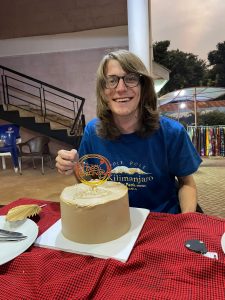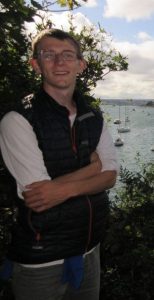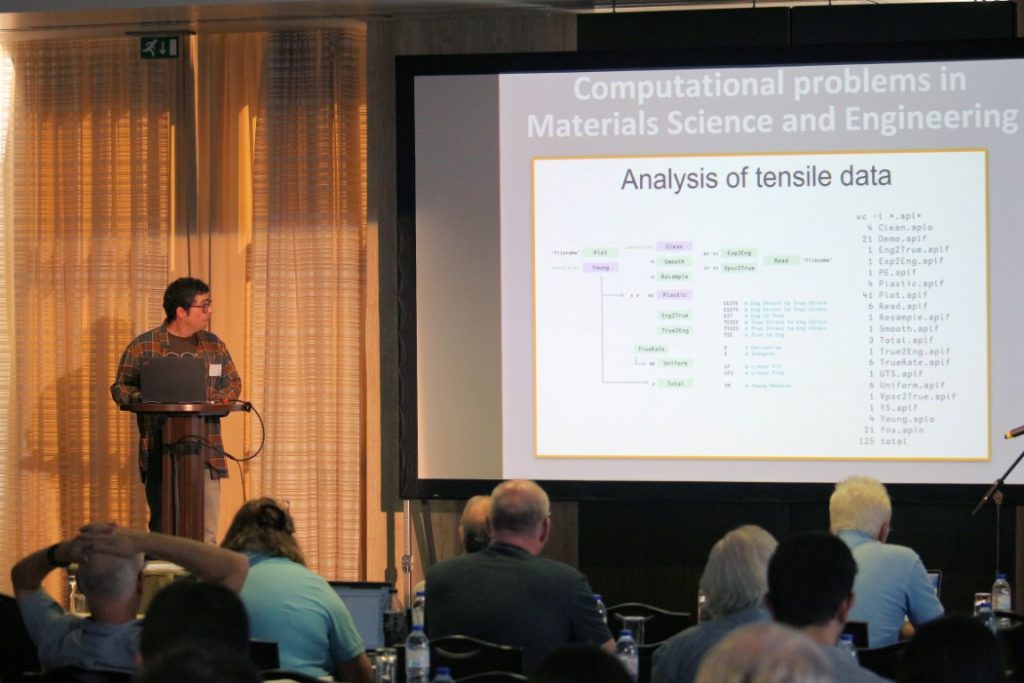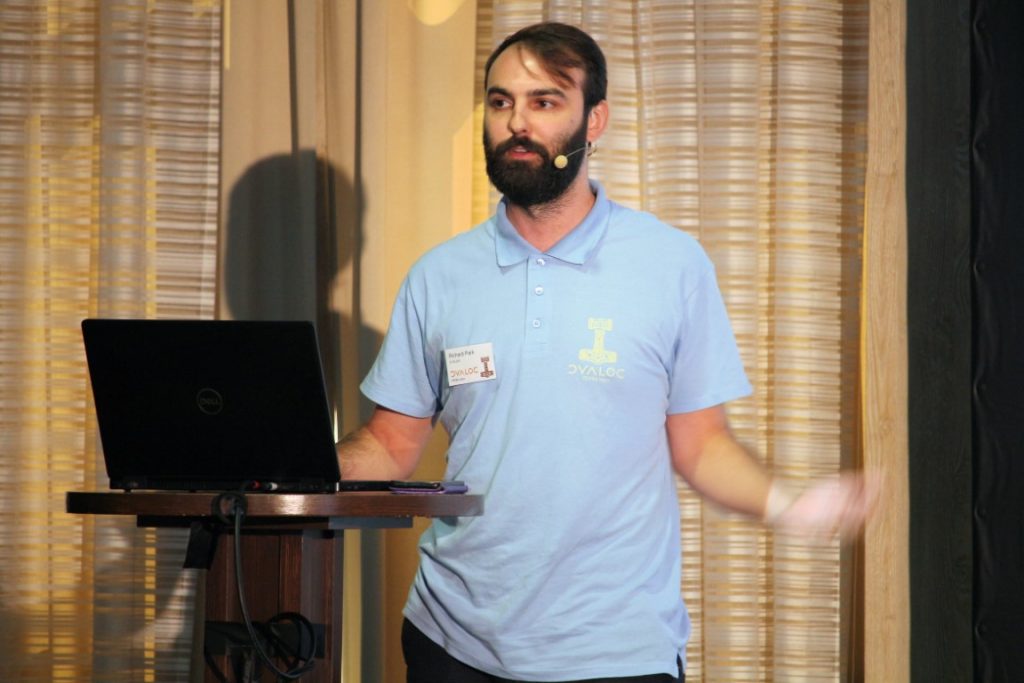Traditionally, the set of monadic reversing or reflecting primitives, Reverse-First (⊖), Transpose (⍉), and Reverse (⌽) apply to entire arrays and are defined as identity functions on scalar arguments. Dyalog v19.0 extends the definitions to provide equivalent reflections on scalars.
Character Data
We expect that the new transformations will be most useful on characters. For example:
(⍉'A')(⌽'P')(⊖'L') ᗉꟼΓ
Note that you can apply the same transformation to all the items of an array using Each (¨) or Rank (⍤0):
⌽¨ 'New APL?'
Ͷɘw Aꟼ⅃⸮
(⊖⍤0) 'CAN HAPPEN SOON!'
C∀N H∀ЬЬEN ꙄOOͶ¡
Composition allows the combination of reflections to perform rotation:
⊖∘⍉¨ '→A/common' ⍝ 90° clockwise rotation
↓ᗆ\ᴒoᴟᴟoᴝ
⌽∘⊖¨ '→A/common' ⍝ 180° rotation
←∀/ɔoɯɯou
We can combine the above techniques with additional structural functions, including reflection of the entire array, to achieve more advanced effects that are often needed in modern user interfaces:
⌽¨ ⌽ 'New APL?' ⍝ mirror
⸮⅃ꟼA wɘͶ
⊖∘⍉¨ ⍪ '→A/common' ⍝ vertical
↓
ᗆ
\
ᴒ
o
ᴟ
ᴟ
o
ᴝ
⌽∘⊖¨ ⌽ '→A/common' ⍝ upside-down
uoɯɯoɔ/∀←
Numeric Data
Although the transformations are more easily applicable to characters, many numbers are also in the domain of the extended functions:
⌽¨ 1.618 2.71828 3.1415
816.1 82817.2 5141.3
⌽¨ 3J4 0J1 0.5
4J3 1 5
⌽∘⊖¨ 60 69 908 ⍝ 180° rotation
9 69 806
⍉⌽ 8 ⍝ 90° counter-clockwise rotation
1.797693135E308
Notes
Character Data
- Although the new definitions are available in both 32-bit and 64-bit Unicode editions of Dyalog, very few characters can be reflected in the Classic edition.
- A
TRANSLATION ERRORwill be signalled if the required result cannot be represented.
For example, using the Classic Edition where the Rank operator is represented as ⎕U2364:
(⊖ ⎕U2364 0) 'PHI!'
bHI¡
(⊖ ⎕U2364 0) 'ABC'
TRANSLATION ERROR: Unicode character ⎕UCS 8704 not in ⎕AVU
(⊖⎕U2364 0)'ABC'
∧
Numeric Data
- The result of numeric reflections can depend on the value of
⎕FR. - A
DOMAIN ERRORwill be signalled if the required result cannot be represented.
For example, beginning with the default value ⎕FR←645:
⌽ 1.2345E67
DOMAIN ERROR
⌽1.2345E67
∧
⎕FR←1287
⌽ 1.2345E67 ⍝ 76×10*5432.1
9.56783313E5433
Conclusion
Although it is extremely unlikely that real applications rely on the current behaviour, the extensions are potentially breaking changes and are, therefore, being released as part of a major version upgrade.
We are somewhat surprised that these obviously useful extensions have been ignored by the APL community for such a long time, and are very pleased to finally make them available to commercial, educational and hobbyist users. Please contact ʇɹoddns@dyalog.com if you would like to test a pre-release of Dyalog v19.0 and help us understand the potential impact on existing applications.


 Follow
Follow Last Wednesday we hosted
Last Wednesday we hosted 



 When not programmaing, Silas can be found enjoying a good book and the occasional summer hike with friends and family.
When not programmaing, Silas can be found enjoying a good book and the occasional summer hike with friends and family.



